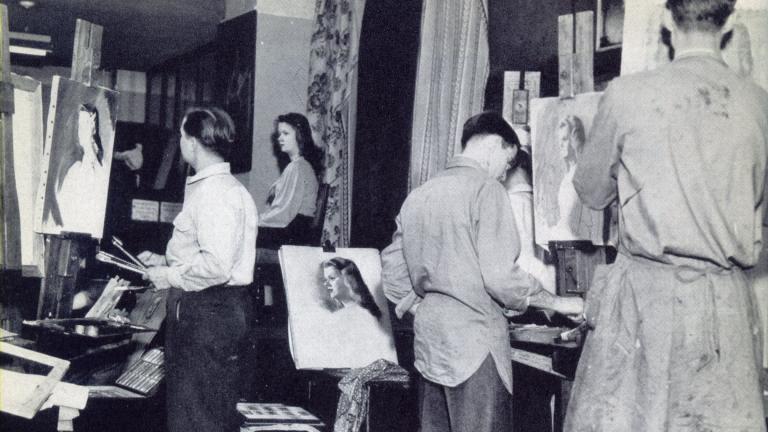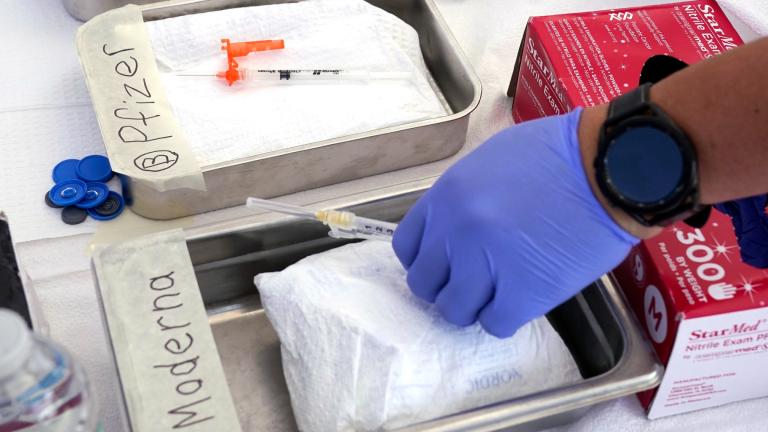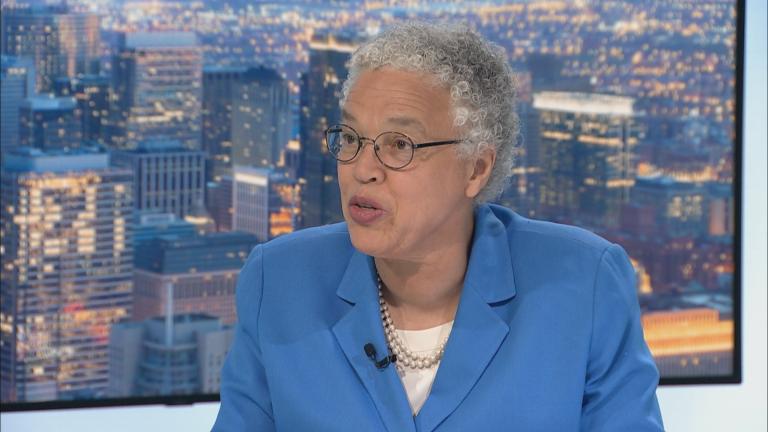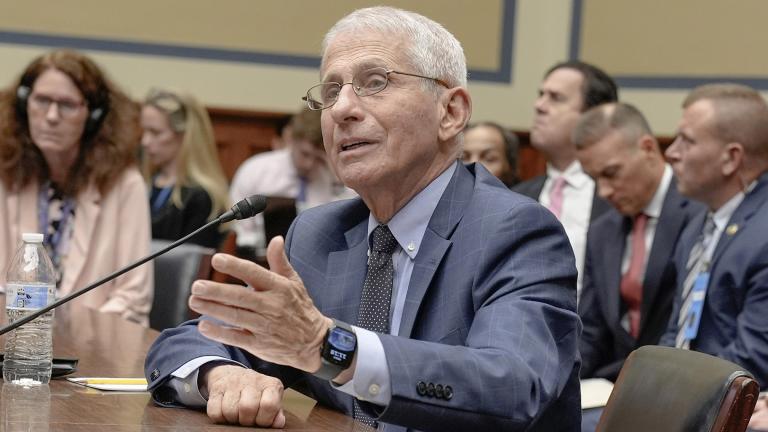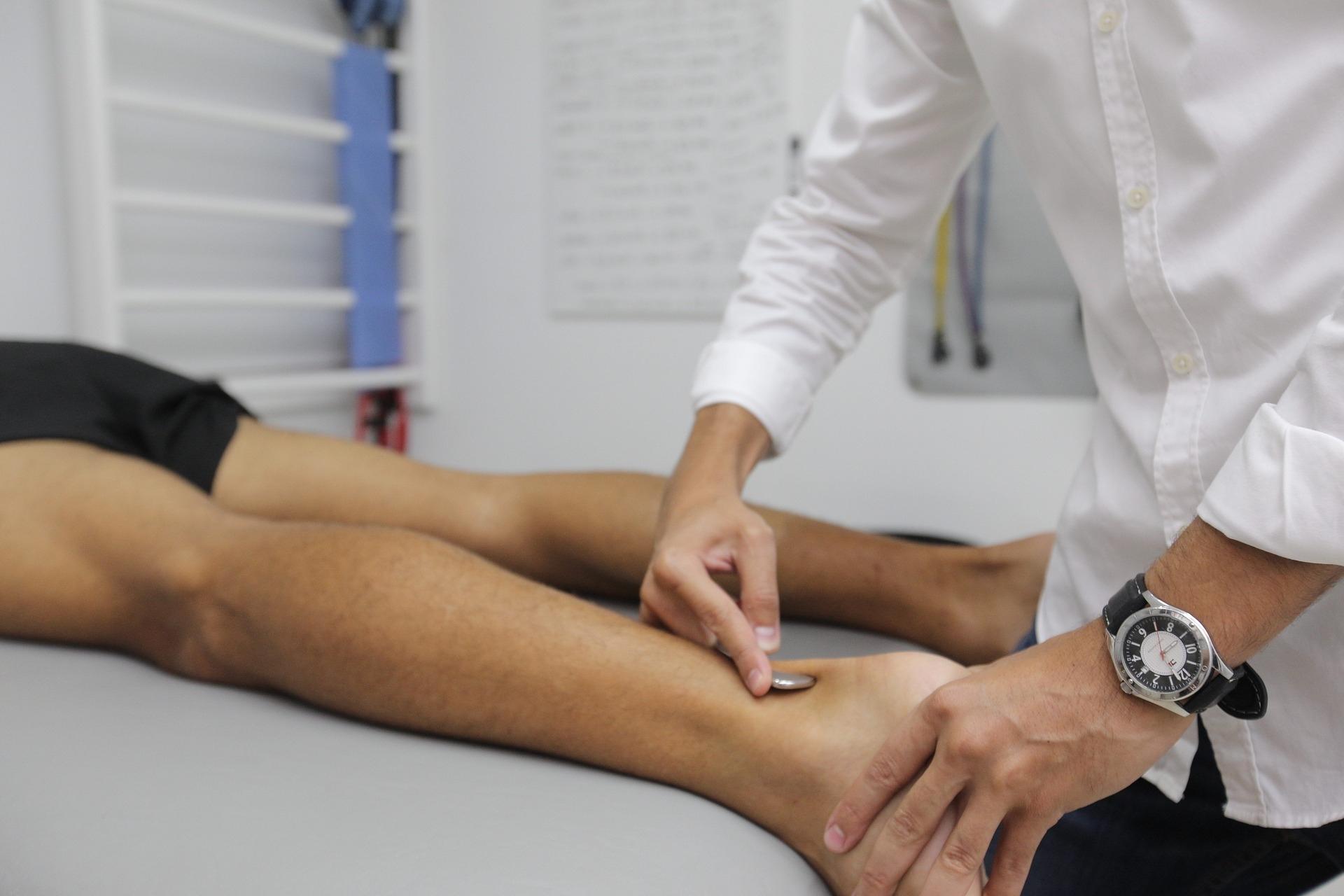 As an essential service, physical therapy clinics have remained open throughout the pandemic. (rodrigobernasc / Pixabay)
As an essential service, physical therapy clinics have remained open throughout the pandemic. (rodrigobernasc / Pixabay)
If you have pain, you may be tempted to tough it out while the nation sees a surge in coronavirus cases, hospitalizations and deaths. But that’s not advisable, physical therapists say.
It’s also not necessary: As an essential service, physical therapy clinics have remained open during the pandemic.
“When we locked down in March … it was a fairly easy decision to say, OK we can delay something for two to three to four weeks,” said Angela Wilson Pennisi, physical therapist and owner and founder of Physio Partners, which has locations in the Loop and Lakeview.
But the pandemic has pushed people to delay care even further — at a time when many of them are moving less.
“We’ve now had patients at a decreased level of activity in many cases for eight months,” she said. “There are serious implications that go along with that in terms of someone’s functionality, their steadiness on their feet, their fall risk, their ability to functionally care for themselves over time.”
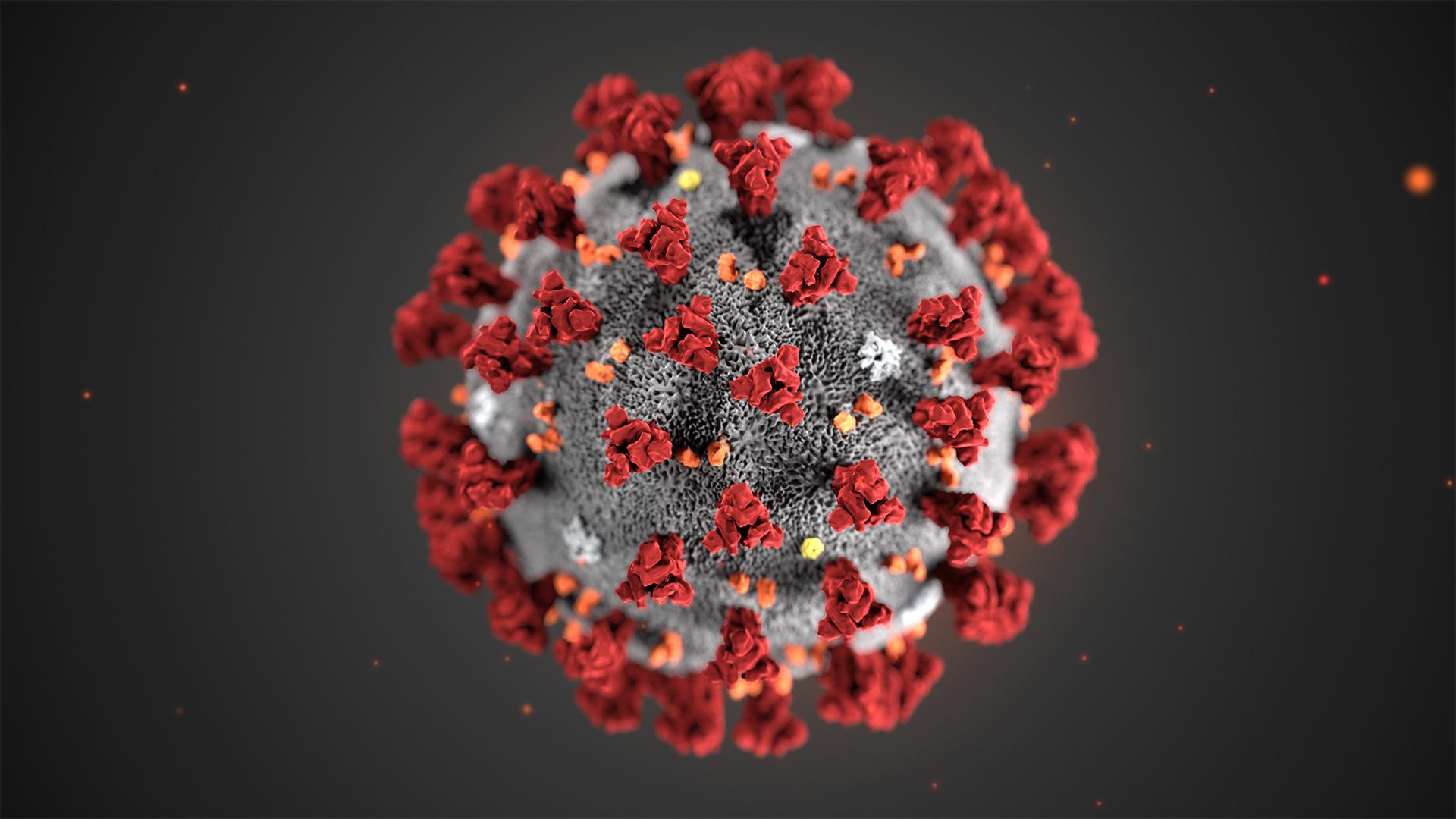 Full coverage of the COVID-19 pandemic from WTTW News.
Full coverage of the COVID-19 pandemic from WTTW News.
Physical therapists work to improve people’s quality of life through exercise, hands-on care and patient education.
“Even though it’s not life and death, we see patients of all different diagnoses and pain levels, and pain is very real to people,” said Sarah Jensen, physical therapist and co-owner of Impact Physical Therapy, which has seven Chicago-area locations.
Therapy goes virtual
While clinics were allowed to remain open, many shifted patients to virtual therapy in the spring to help curb the spread of the virus.
“In mid-March when things were really, really rough, we had some hard conversations about which of our patients were really essential to be seen in person and we implemented telehealth at that point,” said Wilson Pennisi. “Staff were really concerned at first. I gave staff the professional judgment and freedom about who they thought on their patient list should be coming in.”
Prior to the pandemic Physio Partners rarely provided virtual services, but in March it got an entire program up and running in about 10 days, according to Wilson Pennisi.
Impact Physical Therapy had been offering virtual therapy before COVID-19 arrived and has seen increased demand for such services since then.
“Now with a second surge, we’re seeing people come in the clinic, but (they’re) peppering in virtual care,” said Jensen. “We’re very flexible on how often patients have virtual visits.”
Shifting a physical therapy session from an in-person experience to one that’s virtual requires some creativity and flexibility in assessing and treating patients.
“Normally what happens when you come in for an initial evaluation with a physical therapist, we measure your joint mobility, your posture, assess your flexibility and test your strength with resistance,” said Wilson Pennisi. “You can’t do any of those things directly via telehealth.”
Instead, therapists are instructing patients how to move or position their limbs for “a big-picture type of evaluation,” according to Wilson Pennisi. “Physical therapists are expert observers of human movement,” so it’s easy for them to spot irregular movements and determine what’s causing them, she said. “It requires deduction and reliance on observational skills.”
In addition to coaching patients through various movements, therapists are coaching them on how to position their cameras during virtual sessions.
“The camera angles have become important because we look at range of motion and gait patterns,” said Jensen. “Therapists are getting good at cuing a patient to evaluate them properly.”
The shift to virtual sessions also means therapists no longer have a gym full of equipment at their disposal for patients to use.
“(Therapists) had to get creative with what tools we have in the clinic and what tools patients could use from home … to mimic what they’d use in the clinic,” said Jensen.
Think: soup cans for weights.
Patients are also being taught self-mobilization strategies and techniques earlier in their therapy, according to Wilson Pennisi. Typically, patients would be taught these techniques in the clinic after a therapist worked to release a patient’s muscle or mobilize a joint.
But virtual sessions have provided an unexpected benefit.
“We get to see patients in their home environment. So we get to see: What does that office chair actually look like? What is their home desk setup? Many, many people quickly converted to working from home and they may not have been ergonomically prepared for that,” Wilson Pennisi said. “We can see that … so we can address that.”
‘Not the ideal alternative’
For all its convenience, virtual physical therapy isn’t perfect, says Jensen.
“We’re such a hands-on profession,” she said. “Although it’s a good alternative, (a virtual visit) is not the ideal alternative for most cases because they need that hands-on manual therapy and manipulation.”
But patients were initially hesitant to come in for that hands-on work, according to Wilson Pennisi.
“Everything fell off a cliff in March and April,” she said. Patients started to return in May, and by July and August more patients were seeking sessions than could be accommodated. “Clearly patients were putting things off,” Wilson Pennisi said.
Jensen had a similar experience: more patients returned to the clinic as elective surgeries resumed in June. “After surgery, patients need to come to physical therapy so they’re able to function,” she said.
But in order to safely provide in-person services, several changes had to be made, including acquiring personal protective equipment for staff.
That was no easy task.
“Masks were very hard to get initially,” said Wilson Pennisi. “I had family members ordering masks and sending them to us in the early stages because we could not get any.”
Jensen also struggled to acquire masks. “We ended up banding with physical therapy companies across the country to increase our buying power,” she said. “Once were able to navigate that and get a specific stream of PPE … getting hand sanitizer was (scarier) because our regular distributors and medical distributors didn’t have any.”
Throughout the spring, Jensen relied on Chicago-based Koval Distillery, which had pivoted to producing hand sanitizer amid the pandemic, for the hard-to-get product.
Constant cleaning
Before the pandemic, routine cleaning was standard in physical therapy clinics, according to Wilson Pennisi.
“We always cleaned anything that was directly contacting a patient and a patient’s skin,” she said. “We would always clean treatment tables between patients (and) any equipment that had close personal contact with a patient. … Now, we’re literally cleaning everything a patient contacts in a session, so if they pick up a hand weight that hand weight is now sanitized before another patient uses it.”
Physio Partners stopped using a patient sign-in sheet as a precaution and implemented a text check-in process. And while Impact Physical Therapy still uses a sign-in sheet, the clinics have designated “clean” and “used” pens to avoid any potential spread of the virus, according to Jensen.
“Support staff are constantly wiping down items at periodic intervals with disinfectant like gym equipment,” she said. “All high-touch surfaces are wiped down frequently.”
In addition to providing hand sanitizer throughout clinics, the spaces themselves have been modified to provide ample social distancing between patients, which included shifting treatment tables and, in some cases, the addition of markers reminding patients to stay within designated areas.
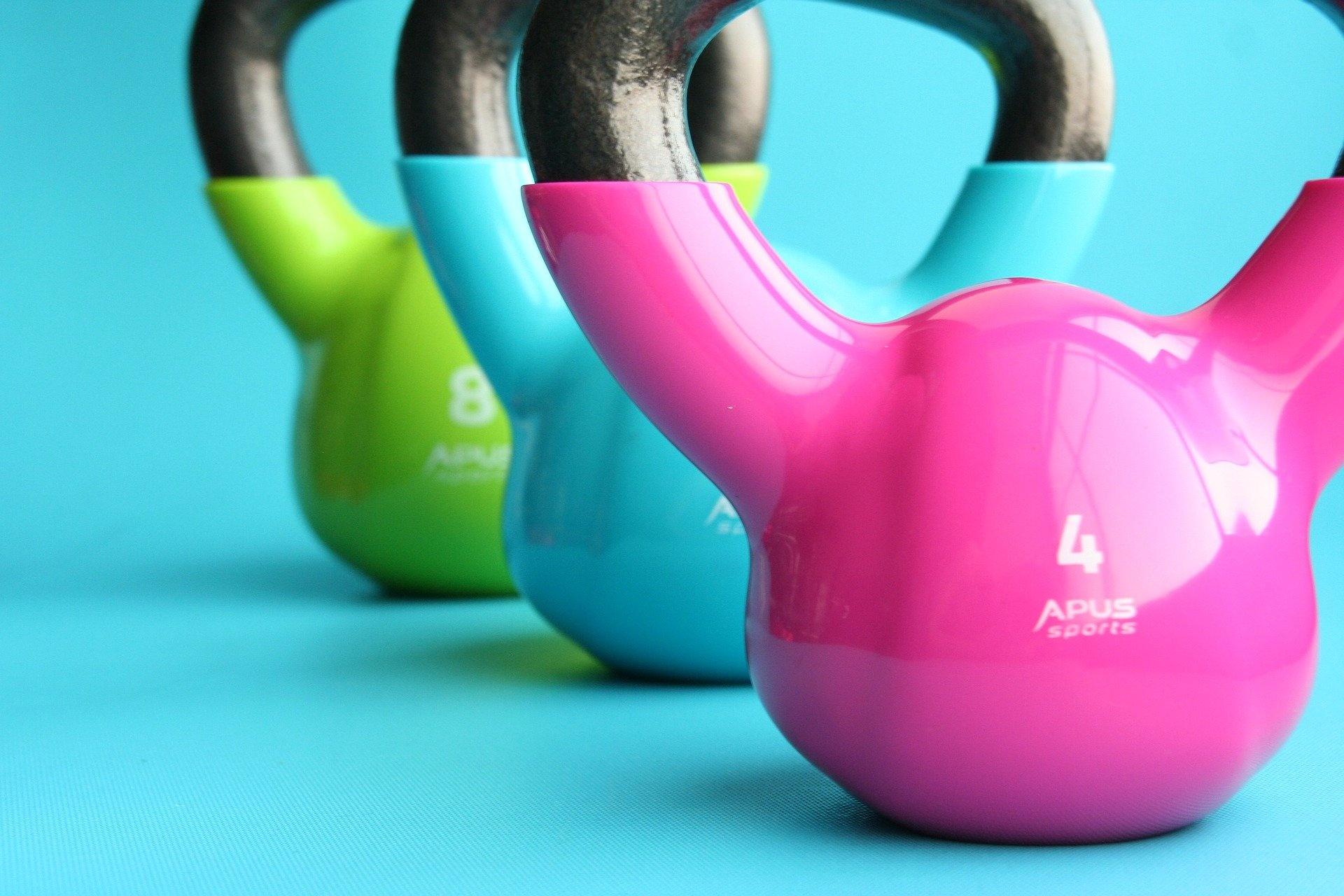 Physical therapists work to improve people’s quality of life through exercise and hands-on care. (Joanna Dubaj / Pixabay)
Physical therapists work to improve people’s quality of life through exercise and hands-on care. (Joanna Dubaj / Pixabay)
At Physio Partners, most physical therapy sessions are conducted in private treatment rooms, according to Wilson Pennisi. “We pull equipment into the treatment room. Obviously, there are still things we need to go out into the gym for,” she said. “We can always maintain distancing from patient to patient. But because physical therapy is a personal type of service and care, and very much includes hands-on components, they can’t always be distanced from their provider.”
Patients and staff wear face masks throughout their session unless a face covering must be removed for treatment — in that case, a therapist would don a face shield in addition to their mask. But when the city and state began reporting a positivity rate of 8%, staff at Physio Partners began wearing face shields for all sessions, according to Wilson Pennisi.
That decision was based on guidelines from the Centers for Disease Control and Prevention and metrics that Illinois health officials have been using to curb the spread of the virus, she said. “We knew in Chicago and Illinois that our community restrictions changed at that 8%, so I arbitrarily chose 8% … as a reasonable time that it meant that community transmission was increasing.”
Gloves are typically only worn for procedures that require them or if a patient requests they be used, says Wilson Pennisi.
With the state now operating under tier 3 restrictions, Physio Partners has tightened restrictions on patient arrival and who can attend therapy with a patient, asking those who are helping patients to their appointments to wait outside of the clinic during the session.
“Everybody is trying their hardest to keep things safe, to keep doors open so people have an option,” said Jensen. “And we’ll be there truly as an essential worker for our patient population out there that needs it.”
Contact Kristen Thometz: @kristenthometz | (773) 509-5452 | [email protected]
 This story is a part of the Solving for Chicago collaborative effort by newsrooms to cover the workers deemed “essential” during COVID-19 and how the pandemic is reshaping work and employment.
This story is a part of the Solving for Chicago collaborative effort by newsrooms to cover the workers deemed “essential” during COVID-19 and how the pandemic is reshaping work and employment.
It is a project of the Local Media Foundation with support from the Google News Initiative and the Solutions Journalism Network. The 19 partners span print, digital and broadcasting and include WBEZ, WTTW, the Chicago Reader, the Chicago Defender, La Raza, Shaw Media, Block Club Chicago, Borderless Magazine, the South Side Weekly, Injustice Watch, Austin Weekly News, Wednesday Journal, Forest Park Review, Riverside Brookfield Landmark, Windy City Times, the Hyde Park Herald, Inside Publications, Loop North News and Chicago Music Guide.

